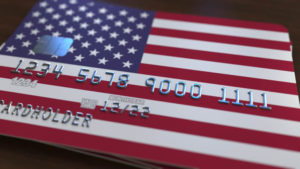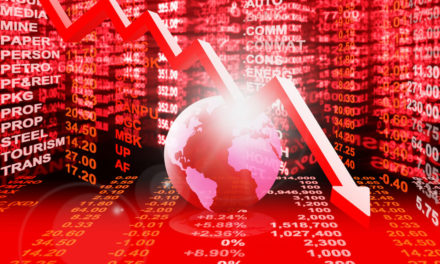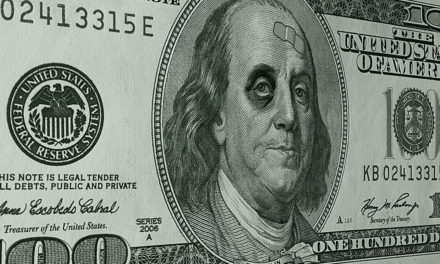The elusive V-shaped recovery.
I’ve seen plenty of V-shaped stock market corrections and recoveries. But as far as I can see, with respect to the economy, the V-shaped recovery is a myth.
Perhaps myth is the wrong word. It’s more of a theoretical construct. It’s not that a V-shaped recovery is impossible… but I’ve never seen one in the wild, and I don’t expect that I ever will. Economies need time to heal, as businesses and consumers lick their wounds and figure out their next steps.
I say this as I read a research report from Morgan Stanley dated June 14 in which the bank writes, “We have greater confidence in our call for a V-shaped recovery given recent upside surprises in growth data and policy action.”
OK, I get it. The Fed went in guns blazing and is keeping this dog and pony show going with zero interest rates and bond buying on a level we’ve never seen before.
I get that.
But free money doesn’t necessarily work its way into the real economy, particularly when a large minority of people are choosing to avoid crowds and observe at least some degree of social distancing.
Meanwhile, the virus is stubbornly sticking around, even in the summer heat. And while most governors have suggested that another round of statewide lockdowns are unlikely, localized lockdowns are a real possibility. New York Gov. Andrew Cuomo threatened to shut down Manhattan and the Hamptons over the weekend. It’s hard to see spending returning to anything resembling normal for months.
Gov’t Debt Makes a V-Shaped Recovery Impossible
 Getting back to Morgan Stanley, they further base their case on a V-shaped recovery on the fact that the coronavirus was an “exogenous shock” rather than an “endogenous shock.”
Getting back to Morgan Stanley, they further base their case on a V-shaped recovery on the fact that the coronavirus was an “exogenous shock” rather than an “endogenous shock.”
In plain English, that means that the economic collapse came from the outside, rather than the inside.
Well, that’s sort of true… but not really.
The virus itself is a blip on the radar. If our national finances were in order, accepting massive budget deficits (expected to be greater than 18% of GDP) this year wouldn’t be a big deal. We borrow today and pay it back tomorrow. All good.
Unfortunately, that’s not the case. We had chronic budget deficits before the 2008 meltdown, which then of course blew out to new records once that crisis hit. We never really got spending under control over the 12 years that followed, and deficits really started to gape wider about three years ago… again, before the COVID-19 outbreak.
Economists debate how much government debt matters, and there isn’t a strong consensus on exactly what point it becomes a problem. But at some point, it does become a problem.
Long before you have outright bond market revolt, you get crowding-out effects that start to crimp growth. There’s only so much capital available to buy bonds, and when the government takes up a disproportionate share of it, that means less capital available for the private sector.
This is a long way of saying that, if we’re choosing letters to best represent the shape of the economic recovery, it’s going to be an “L.”
I’m not a congenital bear, and I’m not suggesting you should sell your stock portfolio and pour the proceeds into canned goods and ammo. But I think it makes all the sense in the world to take a more active approach to investing over the next several months. Trade to your heart’s content. But don’t buy and hold here.
• Money & Markets contributor Charles Sizemore specializes in income and retirement topics, and is a frequent guest on CNBC, Bloomberg and Fox Business.
Follow Charles on Twitter @CharlesSizemore.





